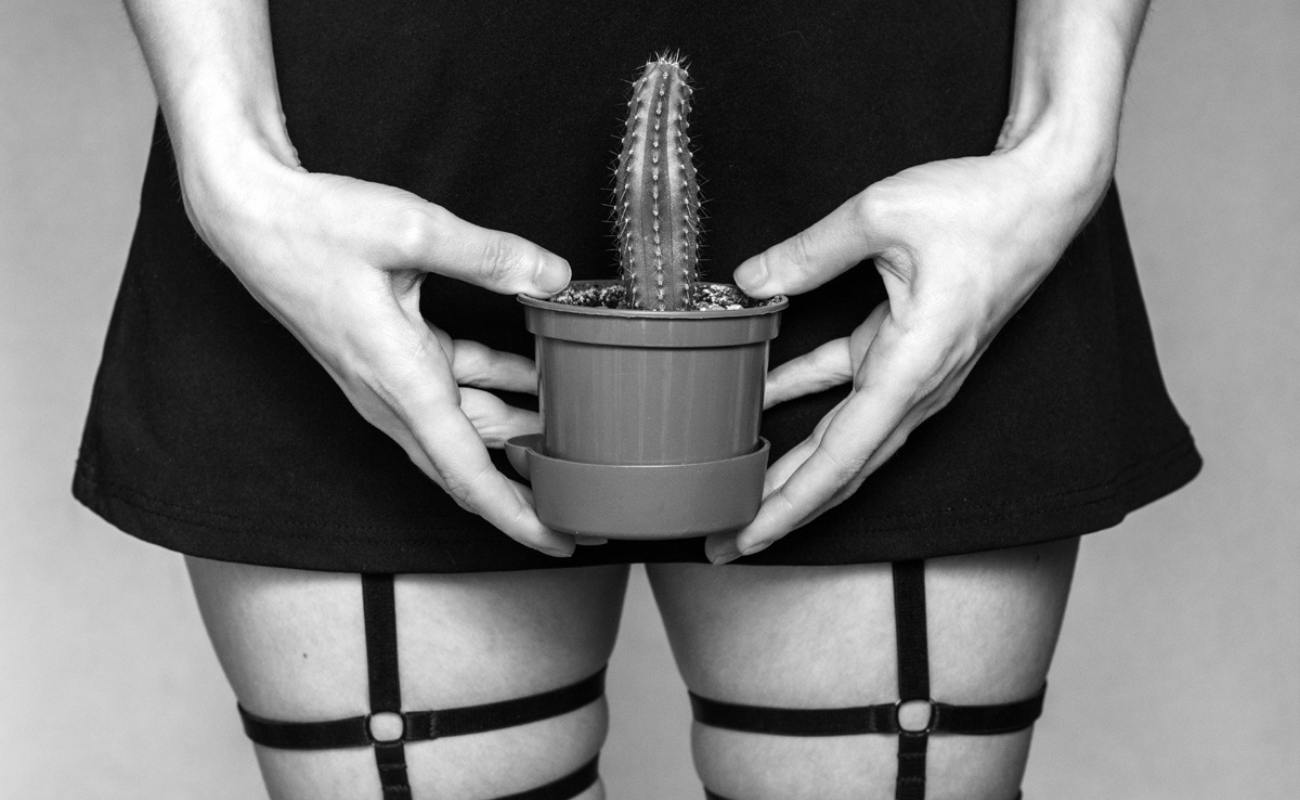
Patellar tendinopathy/Jumper’s knee
Knee joint is vulnerable to damage and pain because it takes the full weight of your body and any extra force when you run o jump.
Patellar tendon is located just below your knee cap (patella). It is continuation of your quadriceps muscle which is on the front of your thigh. It is a tendon that connects your knee cap to your shin bone or Tibia. The thigh muscle helps to straighten your knee and control your knee in all activities especially running, jumping, going up and down stairs or hill. Microscopic damage to this tendon due to repetitive strain can build up over time and cause inflammation of the tendon causing Jumper’s knee.
The factors which can cause Jumpers knee
Recent injury to the knee
Decrease muscle strength
Decreased flexibility in the muscle
Poor posture or foot wear
weight gain
Training errors or sudden change in type/frequency/intensity or exercises or sports training.
Symptoms
Tendon may feel sore to touch
Swelling redness and warmth
Pain in the tendon worsened with weightbearing activity or loading activities like walking down stairs /hill or deep squatting.
Pain in the lower aspect of knee cap after prolonged sitting, stairs, down hill walking or squatting.
Treatment
Tendons are very slow to heal, so it will take few weeks to get better and in some cases, it can last for several months.
Rest /Activity modification
Stop doing the activity that has caused the injury and try to avoid activity that cause the pain to get worse.
Ice-Ice will help to reduce the swelling and pain in the first few days. Do not use the ice directly on the skin, wrap the ice pack in towel and keep on the injured area for 10 to 15 minutes if you have no problem with skin sensation.
If the symptoms do not ease with simple measures like rest and ice, consult your Physiotherapist. You may need specialist advice from a Physiotherapist if you are struggling with pain.
Your physiotherapist will be able to advice on activity modification related to your daily activities, work or sports. This will help to avoid more strain on the injured tendon which will help in healing.
Ultrasound therapy, laser moist heat therapy or acupuncture may be used to control the pain and inflammation.
Manual therapy and soft tissue release techniques to maintain mobility and flexibility of your knee joint.
You will be advised to wear some sort of support like a patellar tendon strap /Jumper’s knee strap to reduce the effect of any impact on the tendon in your daily activities.
Your Physiotherapist can assess for appropriate insoles /orthosis for your shoes to ease the strain on your knees and can prevent re injury.
Exercises
Prolonged rest is not helpful as it can cause more stiffness. In the initial period exercise may be difficult to follow without supervision and may cause muscle soreness or worsening if performed incorrectly.
You can start exercise as the pain allows with the advice from your physiotherapist.
Exercises aims to strengthen the tendon and the surrounding muscles and helps to improve the flexibility.
Factors which reduces the risk of tendon Injuries
Do warm up and cool down which includes stretching
Wear supportive shoes for exercise
Take regular breaks from repetitive exercise.
Plan and try to incorporate different types activities or tasks in your work or at home than doing the same type of task for longer periods.
Do not exercise tired muscles
Do not start a new sport without training or practice
Do not stick to same repetitive exercise.
Avoid sudden increase in the intensity of exercise or sports training




